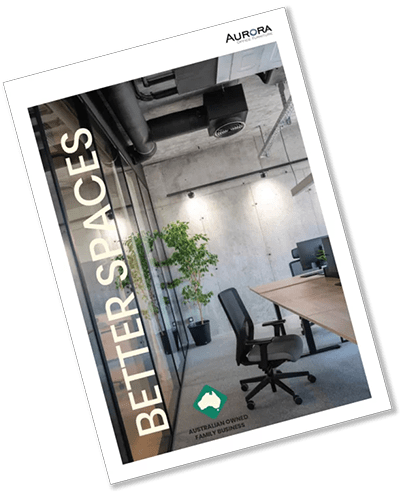

When selecting an office chair, understanding the difference between mesh back and upholstered back office chairs is essential for comfort and productivity.
Breathability
Support
Maintenance
Aesthetics
Conclusion
Choosing between mesh back and upholstered back office chairs depends on your personal comfort, support needs, and style preferences. Whether you prioritize breathability or a plush feel, there’s an office chair that will enhance your workspace.
When choosing the right office chair, understanding the mechanisms is crucial for comfort and productivity.
When choosing an ergonomic office chair, one key feature to consider is the presence of armrests. These components can significantly impact your comfort and productivity. Here’s a closer look at the benefits and drawbacks of armrests in ergonomic office chairs.
Benefits of Armrests in Ergonomic Office Chairs
Drawbacks of Armrests in Ergonomic Office Chairs
Conclusion
Overall, armrests can be a valuable feature in ergonomic office chairs, provided they are adjustable and suited to your workspace. When shopping for an ergonomic chair, prioritize options that allow customization to fit your body and work environment. Investing in the right ergonomic office chair with the right armrests can lead to enhanced comfort, improved posture, and increased productivity.
By incorporating these features, you can find an ergonomic office chair that enhances your comfort and productivity.
© 2025 All rights Reserved.
Web Design Gold Coast - THRIVE